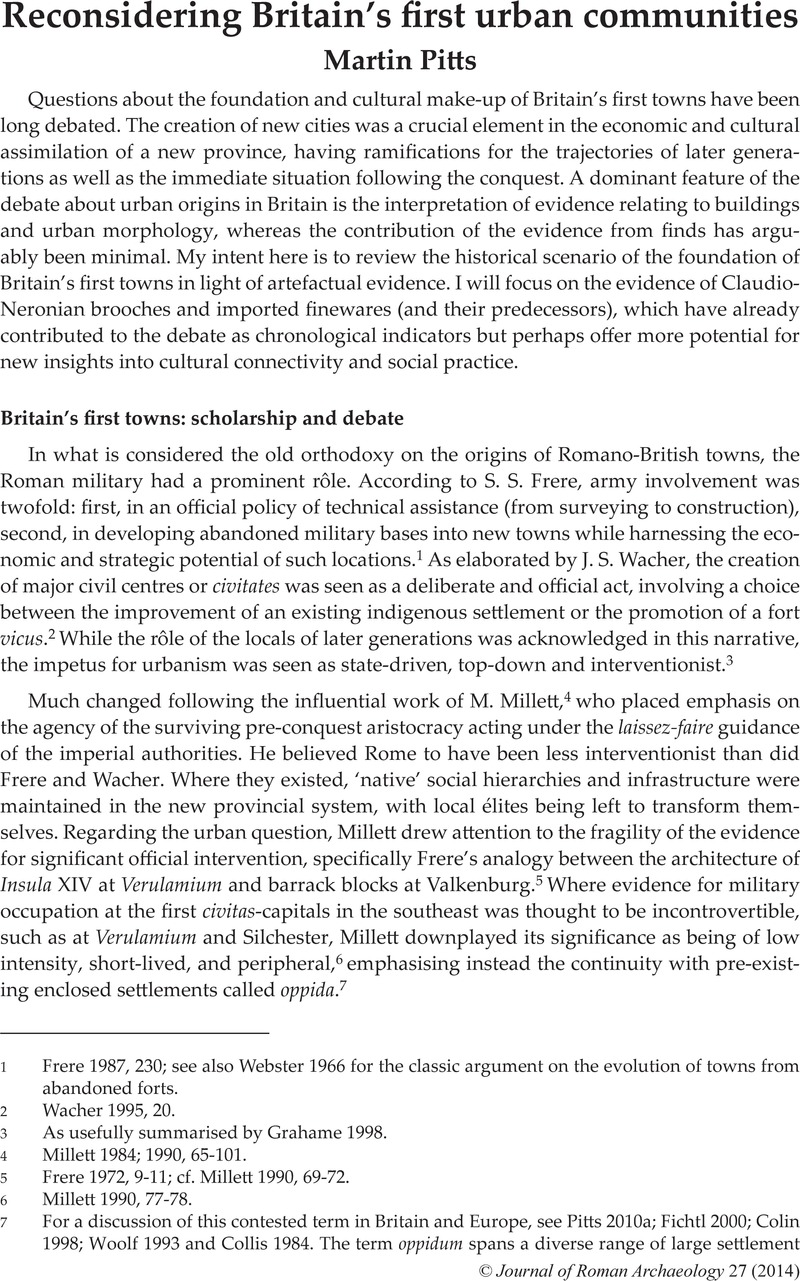Crossref Citations
This article has been cited by the following publications. This list is generated based on data provided by Crossref.
Cool, H.E.M.
2016.
RECREATION OR DECORATION: WHAT WERE THE GLASS COUNTERS FROM POMPEII USED FOR?.
Papers of the British School at Rome,
Vol. 84,
Issue. ,
p.
157.
Cool, H.E.M.
and
Baxter, M.J.
2016.
Brooches and Britannia.
Britannia,
Vol. 47,
Issue. ,
p.
71.
Marshall, Michael
and
Seeley, Fiona
2018.
From the Spreadsheet to the Table? Using 'spot-dating' level pottery records from Roman London to explore functional trends among open vessel forms.
Internet Archaeology,
Christmas, Jacqueline
and
Pitts, Martin
2018.
Classifying and Visualising Roman Pottery using Computer-scanned Typologies.
Internet Archaeology,
Allison, Penelope
2018.
An Introduction to a Research Network: the rationale and the approaches.
Internet Archaeology,
van Helden, Daniël
Mirkes, Evgeny
Tyukin, Ivan
and
Allison, Penelope
2022.
The Arch-I-Scan Project: Artificial Intelligence and 3D Simulation for Developing New Approaches to Roman Foodways.
Journal of Computer Applications in Archaeology,
Vol. 5,
Issue. 1,
p.
78.



